The first thing we all want to do when we buy a new car is start switching parts, so we take a look at a few of the most popular upgrades and talked to those who know them best
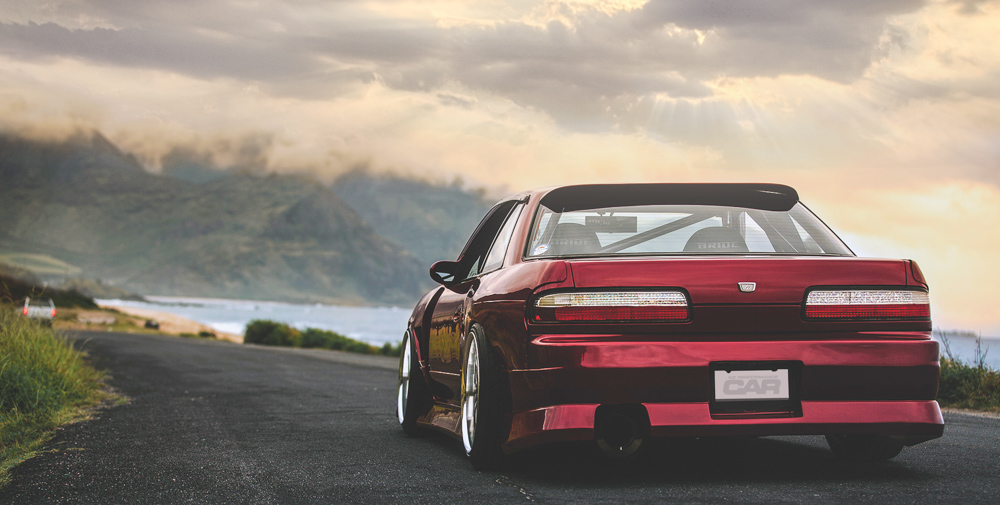
Congratulations! You’ve just dropped a few stacks on some precious tin that falls within the Silvia lineage. All your street-sharking and tyre-frying dreams are about to come true, but, before that happens, we all know that there are more than a handful of parts that you’ll want to switch for upgraded examples.
Luckily, Silvias remain one of the most popular modified imports of all time — with local reserves growing ever more elusive as people buy them up, and prices continuing to rocket. Thanks to that popularity, aftermarket support for anything post S13 is massive — as in, ridiculously massive. Start shouting the names of your favourite Japanese tuning houses or local brands, and you’ll no doubt have hit the mark with damn near all of them as sellers of some form of Silvia component. This makes for a hotbed of awesome when it comes to actually building your own example, with a plethora of proven parts readily accessible by way of a few clicks on the internet.
But where do you start? There’s a whole lot of stuff that can be upgraded and even more options floating around. Everyone has their own thoughts and opinions, and will tell you what they like best. To get you all that juicy inside information, we put in the hard work spinning in-depth yarns with industry leaders and have boiled it down to a few key things that you need to know.
Importing
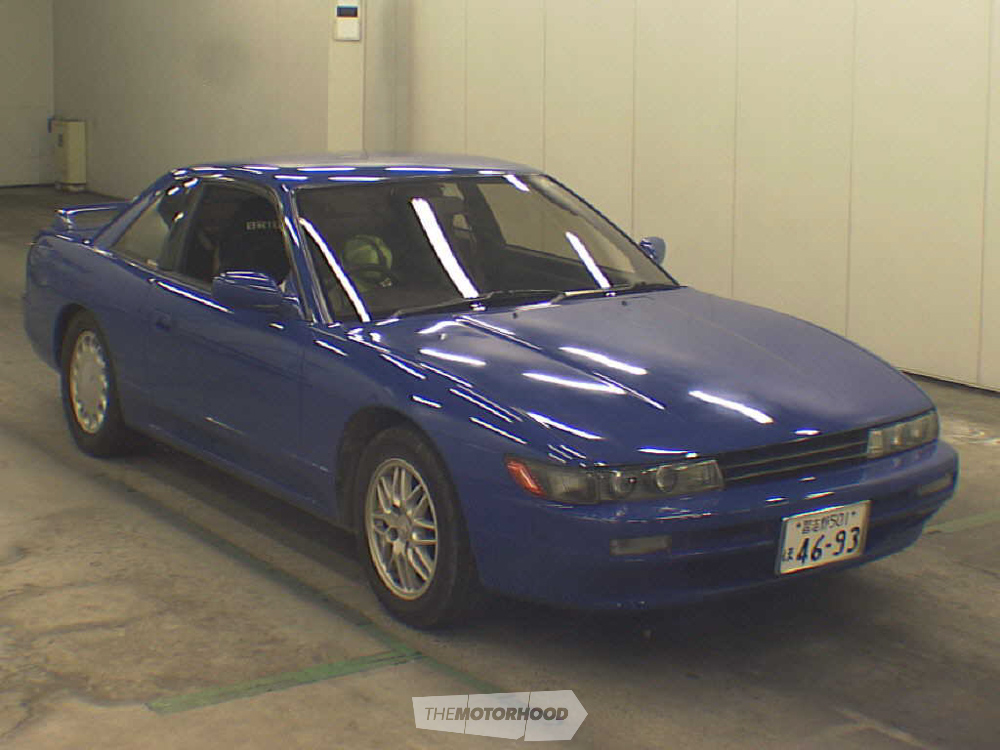
If you don’t already, you’re going to actually need a car to start with. The odds of finding an unmolested Silvia on home soil are probably worse at the TAB than the odds of Winston Peters knocking out Floyd Mayweather. But looking to the motherland, Japan, you can find a few gems and often save yourself a bit of coin in the process. But, for many people, the distance will be of concern. How can you inspect the car to make sure it is as advertised, especially as there must be as many dodgy dealers in Japan as there are here in New Zealand?
That’s where an import agent comes into the mix. We called Ash Dann from Carwebs to get the lowdown on how it all works. “We have inspectors and buyers at 95 per cent of auction houses in Japan, we only steer clear of a few — like Sapporo — due to rust issues with the salted roads,” he told us. “If you register on the Carwebs site, you can view over 60,000 cars at auction every day to find the one that suits. It’s as simple as picking out something you like, specifying your maximum bid amount, and letting us know any special requests. From there, we will send an inspector to check the car before bidding. If the inspector and you are both happy, then we bid on the car, and, if it’s won for less, then that is all you pay. Half the cars that go through auctions and don’t sell end up as fixed-price-offer vehicles — usually 100-plus kilometre cars are available at all times.
“Carwebs has been importing cars from Japan since 1991, is an MTA dealer, and offers a full money-back guarantee that the car will arrive in the condition described. The team does its best to point out any possible issues and advise of any potential problems, but things like battery replacement and worn tyres would be at additional cost, if needed to pass a warrant of fitness.”
Carwebs // 09 577 3540 // carwebs.co.nz
Wheels
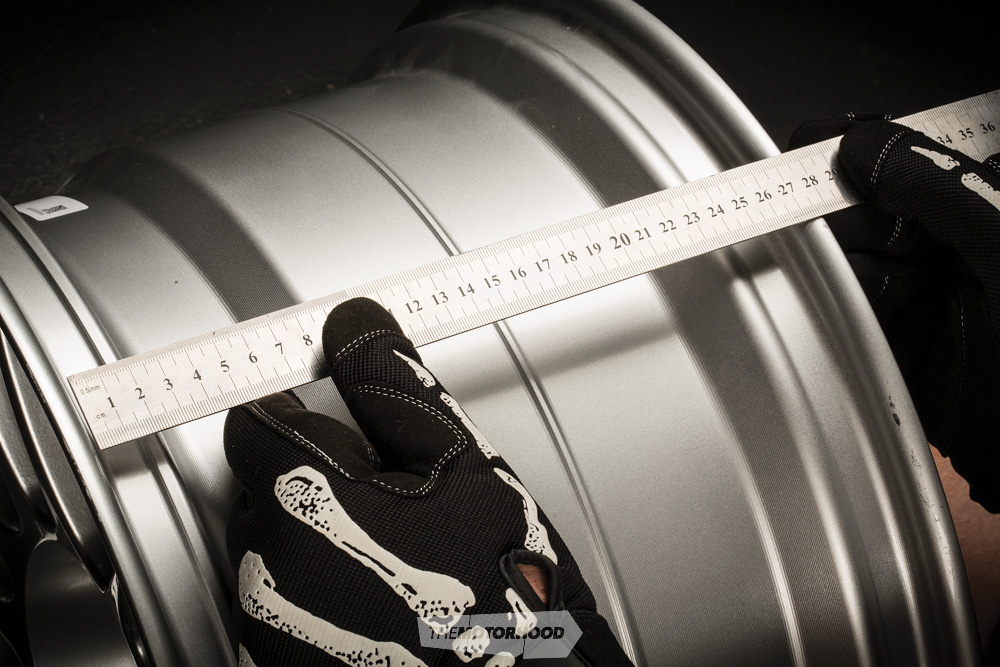
While being slammed is cool, when it comes to style, wheels are a make-or-break situation. But they’re not all about the styling, as wheel choice may affect your car’s ride quality and handling. So, how hard can it be — you just have to find the right size and stud pattern and you’re all good to bolt those new rims on, right? Not quite. And, of course, you want them to look good, too, so whether you’re buying new, or want to bring a second-hand set back to life, there are a few things to consider before pulling the trigger.
Lance Bell from Arrow Wheels explained: “I have been custom-making two-piece and three-piece wheels for 36 years, and I’ll tell you that there are a number of benefits to running a two- or three-piece wheel, as opposed to a solid cast, fixed-offset wheel. If you’re building a high-performance track or road car, you’ve got to look at weight. Reducing unsprung weight is crucial. The average cast wheel weighs 12 to 14kg; the average weight of an Arrow Wheels spun three-piece wheel is six to eight kilos. That’s a huge weight saving. And you can choose or alter the sizes to suit your specific application.”
“When it comes to second-hand wheels, most people don’t realize that about 90 per cent of damaged examples can be repaired,” Lance says. “Gouged edges are the most common damage and are easily fixed. Around $200 will get you a fully painted wheel on the car — sorted. Cracked rims, broken sections from cast wheel edges, and bends in rims can all be inspected and repaired, if they are not too far gone. The wheel always comes out looking brand new.”
Arrow Wheels // 09 818 8388 // arrowwheels.co.nz
Steering angle
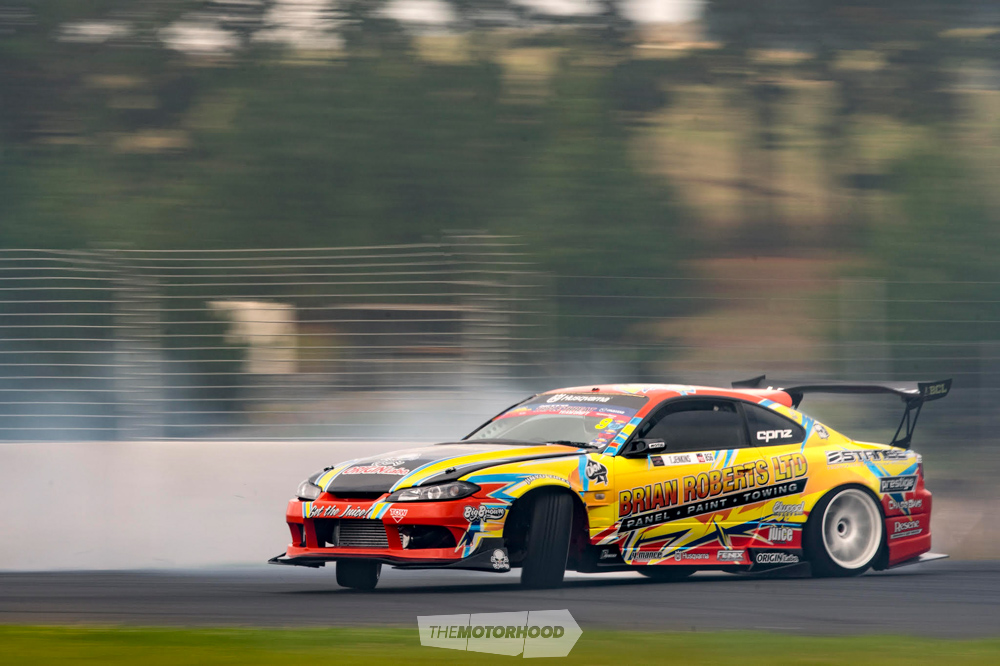
Let’s be honest: most Silvias will see a bit of track time, and, if the current trend is anything to go by, that track time will have a sideways orientation. Upgrading your steering geometry will not only make it easier to hold a slide but also allow you to throw your car into a corner at huge angle with enough on hand to pull it back. Each car is unique when it comes to steering kits, and the combination of suspension and wheels will also determine what you will be able to gain at maximum lock.
Gavin from Concept Parts New Zealand explained that increasing steering angle doesn’t have to be expensive: “You can start off with titanium steering-rack spacers, which will give you another 10 degrees of lock and cost around $19.”
Arguably the most popular option among top-tier drifters is a drop-knuckle kit with adjustable lower control arm (LCA), which will give up to 70 degrees of lock, improving overall steering response and handling. “We often have customers wanting the cheapest option for maximum lock, but they need to be aware of the implications which affect steering geometry, such as bump steer, roll centre, Ackerman angle, and steering bind.” said Gavin. “‘Steering bind’ is a common issue when you try to gain more travel from your steering rack, in which the tie rod and tie-rod end point in a straight line at full lock and the steering wheel will not centre freely. This can be solved by using offset rack extenders or by moving the steering rack forward about 25mm.”
Concept Parts New Zealand stocks a range of GKTech products to improve steering geometry and handling, as well as being the Australasian distributors for Voodoo13 suspension arms.
Concept Parts New Zealand // info@conceptparts.co.nz // conceptparts.co.nz
Coilovers
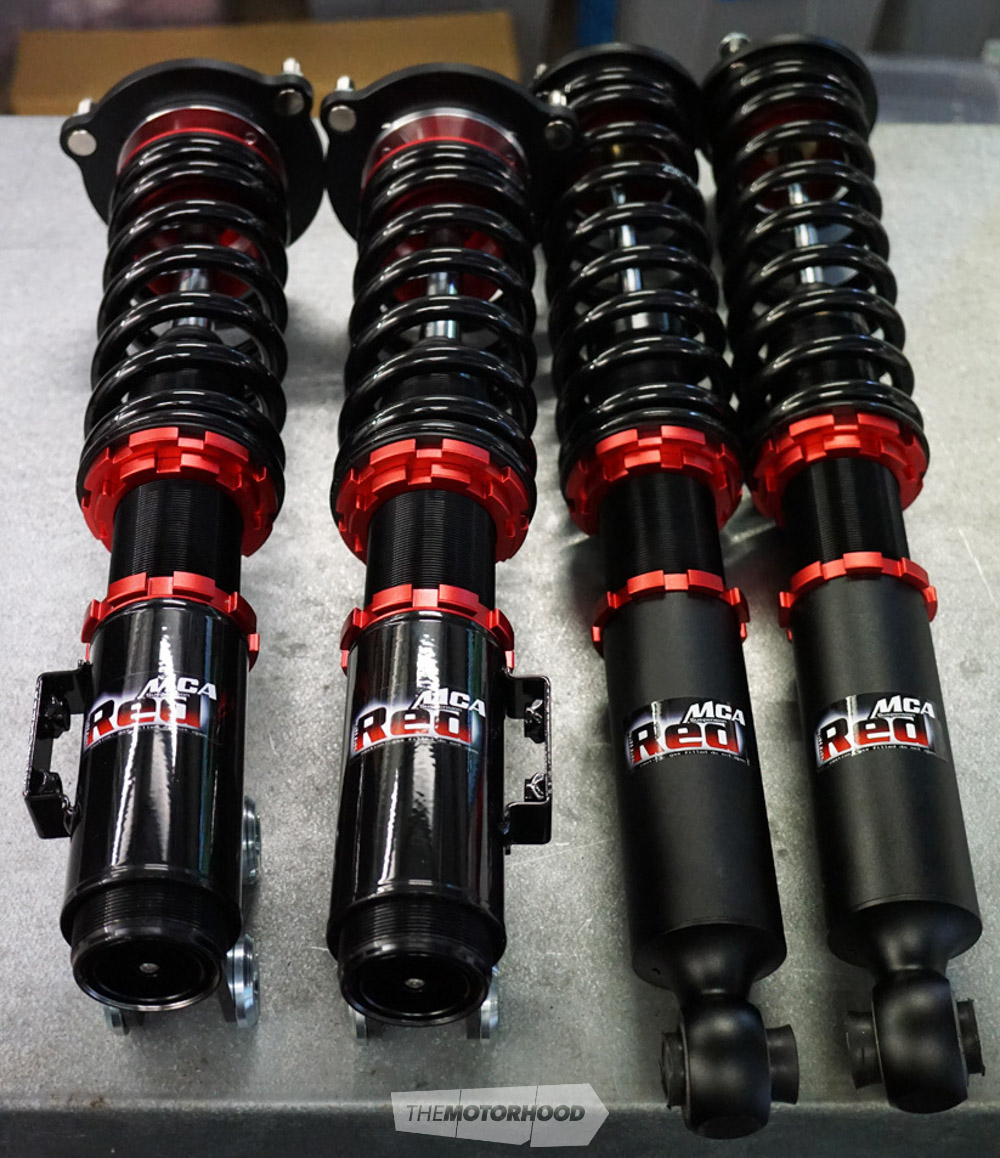
One of the most popular upgrades has always been suspension. But people tend to think that car suspension is a whole lot of sorcery, when it really comes down to a few basics. For the beginner, a set of adjustable coilover shocks will do the trick and has been the go-to option for years.
Josh Coote from MCA Suspension told us: “Adjustment clicks don’t mean a shock is better — 30 clicks on one might have less adjustment overall than four clicks on another — it’s about the adjustment range.” As an ex-D1NZ competitor, he continued: “It’s not about one particular aspect; it’s about how the whole package comes together and getting the balance right: valving, travel, spring rate, and how they all work together. It’s also important not to over complicate the set-up by replacing too many components without fully understanding why, or what they do.”
Many drivers make the mistake of trying to over-stiffen, but you still need a degree of suspension travel — especially if you want to swing the arse end out and bake some tyres: “Too little damping and the car will ‘float’ and have a boat-like response, whereas too much damping will cause the car to feel twitchy and [be] harder to control. The car needs to be balanced and stable, and able to be thrown around without rapidly spinning out or shifting weight. Consult with your local professional in order to determine what your car requires, and get the basics sorted first so [that] you don’t spend valuable time at the track, or on the side of the road, trying to fix the wrong set-up.”
MCA Suspension // +61 7 3865 5091 // mcasuspension.com
ECU

It’s all well and good slapping a fat stack’s worth of power-making goodies onto your car and hoping for the best, but you’ll never really make use of their full potential on a factory ECU. You’re going to need something that can recognize those parts and be tweaked to suit your exact set-up for proper increases in power.
These days, the most accepted way of doing this is to switch out the factory example for a plug-and-play unit, and one of those coming up in the world is from Australian-based manufacturer Haltech Engine Management Systems. We talked to Greg Lysien from Haltech to find out how it works: “If you’re getting serious about the performance of your Silvia, then you’ll quickly realize that the factory ECU just won’t cut it. All that additional horsepower and boost needs to be reigned in and kept under control — that’ll require some serious computing power.
“As most owners don’t want to go down the road of pulling out electrics and getting lost in a sea of confusion, we have developed the Platinum Series Pro Plugin ECU, so you can simply unplug your factory ECU and plug the Pro Plugin directly into the factory harness. There’s no additional wiring required, and all you have to do is load your base map and it’s ready to go.
“They are capable of supporting all your OEM functionality, such as idle control, air-conditioning output, a thermo fan, a fuel-pump control module, MAF [mass airflow] sensors, boost control, vehicle speeds, etc. It also now supports the use of a flex fuel sensor directly wired on the auxiliary connector.
“This will allow your tuner to make the most of all additional components that aren’t supported by a factory ECU, such as upgraded turbochargers with bigger injectors, and will open up opportunities for additional systems like vital monitoring, anti-lag, and launch control.”
Haltech Engine Management Systems // +61 2 9729 0999 // haltech.com
Engine bolt-ons
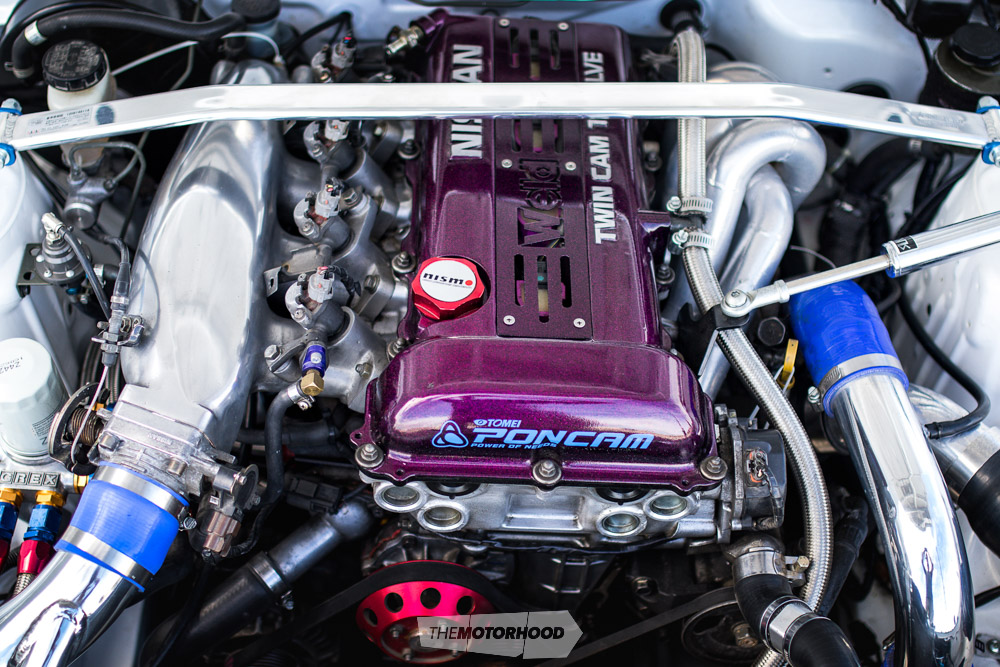
As the lineage has been around for decades, the options on how to bump power levels of the humble SR are almost endless. With so much information out there, and every backyard expert having their own opinion, it can get pretty hectic trying to pin down the right combination for your car. Depending on how you intend to use it, your ideal combination may be completely different to how your mate has done theirs. To get a better idea on where to start with bolt-on upgrades, we turned to General Manager of ST Hitec, Stewart Mearns. “Before we undertake any modifications with clients’ vehicles, we work through a thorough plan. This consists of what they have already done to their car, what their goals are, what driving experience they have, and what the intended use is. The reason for doing this is setting up the most suitable package for not only this initial stage, but for future modifications and being able to carry the parts forward where possible.
“It’s about setting a realistic goal. For what we’d call a stage one power increase (160–170kW at the wheels) you would be looking to do a few key upgrades. Firstly, air flow in. We recommend an A’PEXi Power Intake kit, as it’s tried and proven to be one of the best systems on the market. Next is flow out. Careful selection of the exhaust not only nets you a good sound and improved performance, but can future-proof your car for the next stage of modifications — something like a combination of Tomei or HPI turbo outlet, with front pipe and cat-back exhaust from proven manufacturers like HKS, A’PEXi, Tomei, or new player X-Force. The final piece of the puzzle for stage one is proper boost control. We recommend the HKS EVC-S. It’s an effective unit that is easy to use.
“When you eventually want to make more power, you can look to stage two (200–220kW at the wheels), where components such as front-mount intercoolers, fuel pump upgrades, and ECU options that will allow you to run upgraded injectors, larger air-flow meters, and different fuel types in future. It’s imperative that after each stage, the car is checked over and tuned on the dyno to ensure air-fuel ratios, ignition timing, boost control, etc. are all calibrated to give the client a vehicle that will drive perfectly and remain reliable.”
ST Hitec // 09 573 5575 // sthitec.nz
Seats
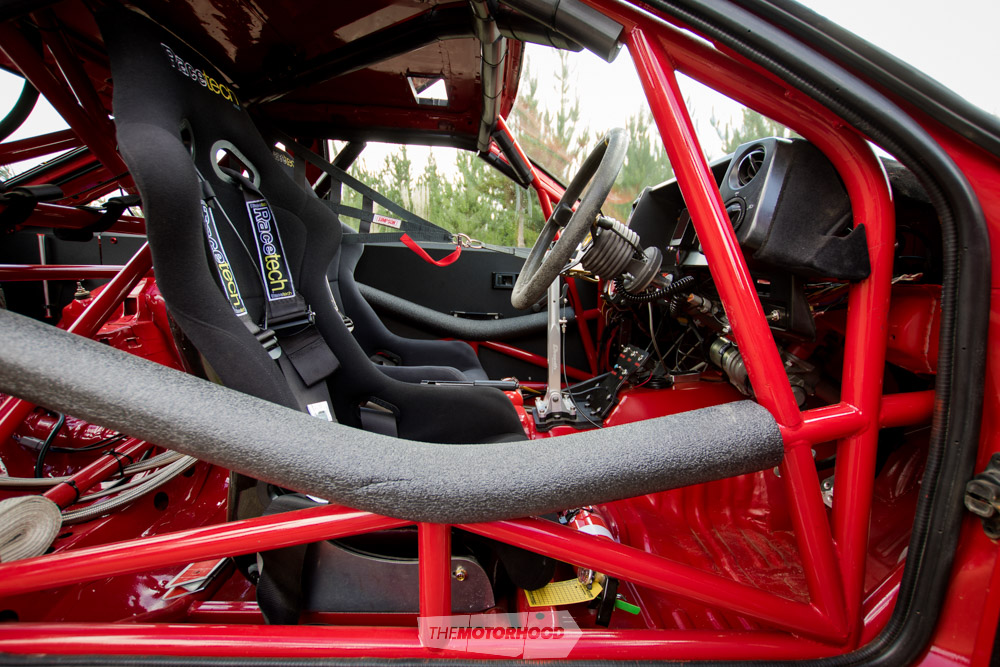
Whether you’re seeking that tough streeter look or you intend to cut some quick laps, bucket seats are likely to be one of the first things you install into your interior, behind a steering wheel and shift knob, naturally. But when it comes to safety equipment — well, most parts really — using untested, cheaply manufactured examples can be dangerous, and, in some cases, life threatening. That’s especially so when you consider what could happen if a bucket seat does not live up to its expected purpose on impact in a road or track crash, and there are horror stories of drivers being thrown about the car and injured as a result of ‘replica’ units snapping in half.
We hit up David Black from Racetech New Zealand to find out what the go is: “There’s always a risk of damage in any form of motoring. Our job is to do all we can to reduce the likelihood of injury … we are continuously developing and testing new products to ensure we stay at the front of the game. From our purpose-built factory in Wellington’s Seaview, Racetech designs, manufactures, and exports a range of FIA-approved competition seats used by manufacturers like Porsche and Aston Martin, as well as the majority of teams contesting the British Touring Car (BTC) and Virgin Australia Supercars (VAS) championships. When you break it down, safety is no different from any other product, in that you get what you pay for. Buy a reputable product from a reputable company, and you can be assured of getting the right product for the job and your budget.”
Racetech New Zealand / 04 939 0552 / racetech.co.nz
Gearboxes
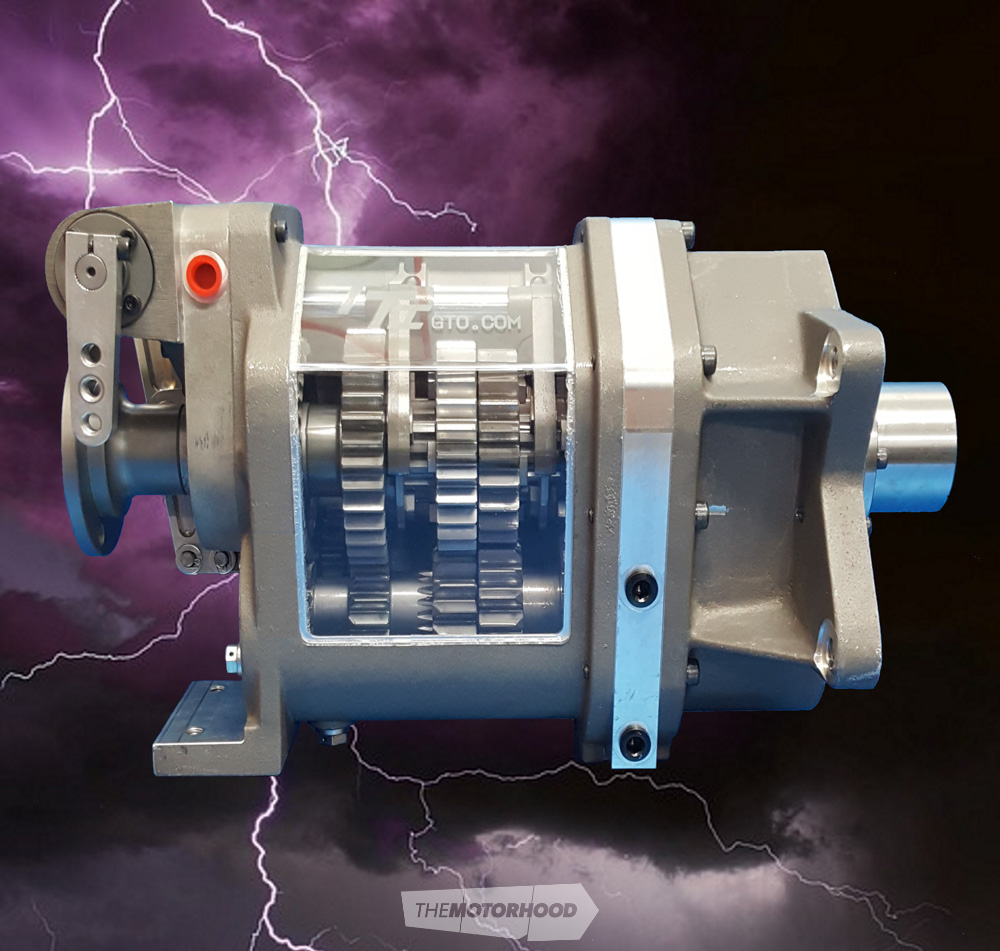
Now that you’ve got a few extra kilowatts pumping out of the ol’ SR, or whatever heart you may have switched it for, choosing a gearbox behind it that can handle the jandal will involve a decision that either makes you smile or leaves you with a pile of munched gears — especially when you’re looking to cut laps with any kind of haste.
Upgrading to the likes of a sequential box is a popular option, not only for the ease of shifting but also for the strength it provides. We looked to local manufacturer TT Industries (TTi) to find out exactly how its upgrade is done, and what benefits you’ll see from doing it.
Bruce Verdon told us: “We offer a ‘generic’ sequential box that can be fitted into many chassis through the use of adaptors and bellhousings. For example, for an SR20 conversion, we use the original bellhousing, clutch, and throw-out bearing, with an adaptor to bolt everything to the TTi gearbox. However, the driveshaft and gearbox mounts will need to be modified to suit the new gearbox. It can be supplied with a linkage kit, which allows the gear levers to be mounted to where the drivers want them, where it is comfortable position for them to shift from, and then the levers engage the levers on the gearbox itself.
“Sequential boxes are much quicker, and changing gears often gives you around a two-second lap advantage on most circuits. They’re also much stronger, constructed from imported German steel and utilizing straight-cut gears that are designed with large teeth to be as strong as possible, meaning better reliability. If you use the gearbox properly, it is so much quicker. It’s an absolute dream to drive a sequential.”
TT Industries / 03 547 1517 / ttindustries.com
Brakes
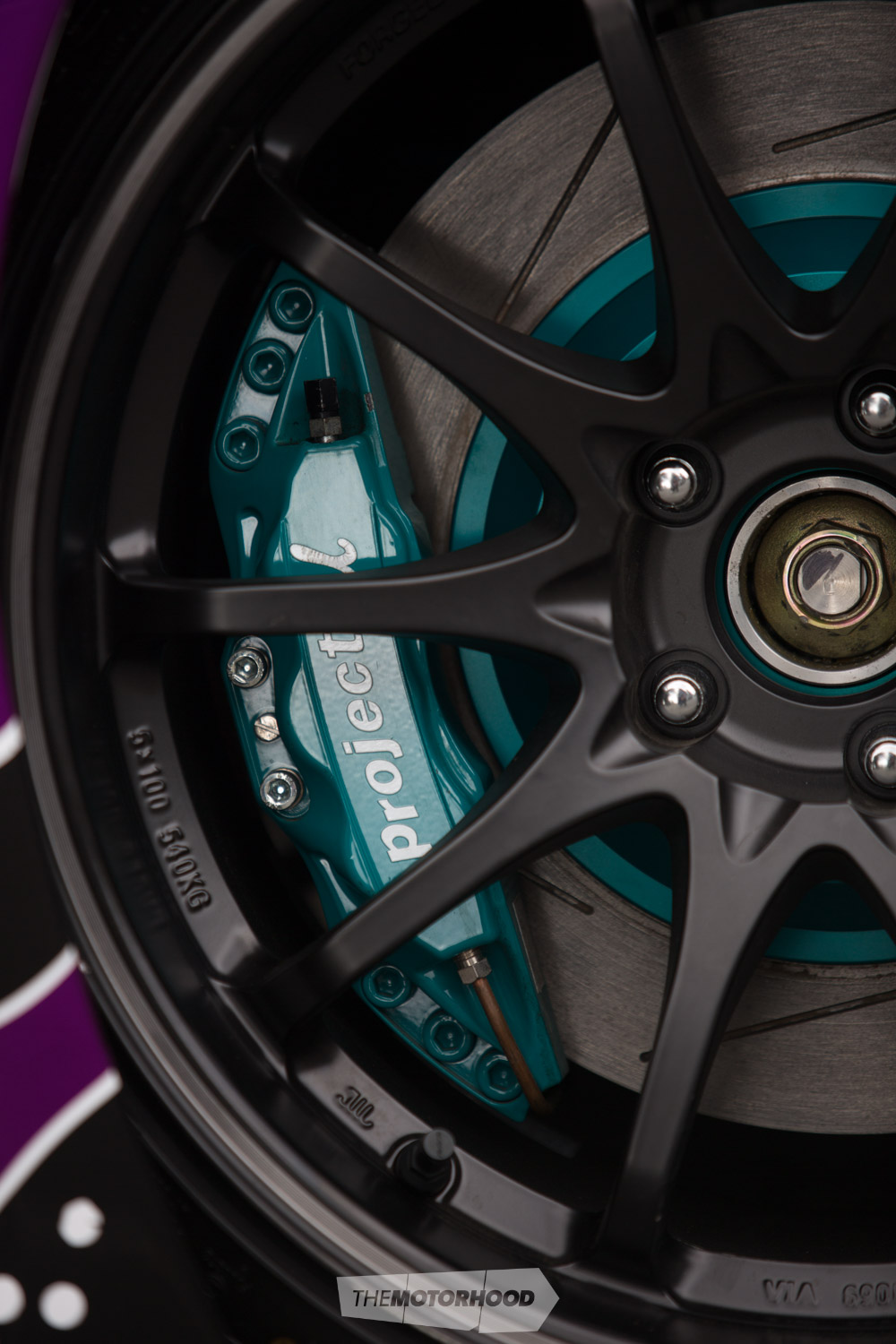
We all tend to get caught up in going fast. Be it in a straight line or sideways, in the heat of the moment, the red mist hazes the rational sections of the mind and forces you to focus on one thing: smashing the loud pedal. But what happens when you run out of track and need to bring the party back down to earth? Well, you damn well better hope that you have a decent set of brakes to match all that go.
It’s something that often gets looked over, because, if they work, they work, right? Well, not quite. You need to sort your brakes to match what the car will be used for, especially considering the better part of the Silvia range is now 20 years or older. To find out where to look and what to go for, we chewed the fat with Nick Chiew at North Shore Toyota.
“There’s plenty out there on offer, but with experience in Nascar, JGTC [All Japan Grand Touring Car Championship], WRX, V8 Supercars, WTCC [World Time Attack Challenge], Porsche GT3 Cup, plus numerous other classes that I don’t have the space to include, Project Mu is a go-to option for us when it comes to recommending brake packages for our customers.
Be it a small pad upgrade for your daily-driver or weekend track-day car, pad and rotor upgrades for something that will see a decent amount of track time, or even right out to a full-forged caliper kit to suit all levels of motorsport, including endurance-racing use — you’ve got to think about where and how you’ll be using the car.”
“For a car mainly used on the road and maybe the odd weekend track-day fun, Project Mu B-Spec pads are a solid option. They are a medium-torque pad and work great when cold, wear well, and are kind on your rotors. If you are getting a little more serious, the Project Mu HC+ compound offers even more torque and has a high rotor temperature handling of 800°C. And for those wanting to try their hand at drifting, the Project Mu range offers a drifting-specific compound (D1 Spec) that works well from cold and can handle the high initial torque requirements of drifting.”
North Shore Toyota / 09 444 8825 / facebook.com/NSToyotaParts




